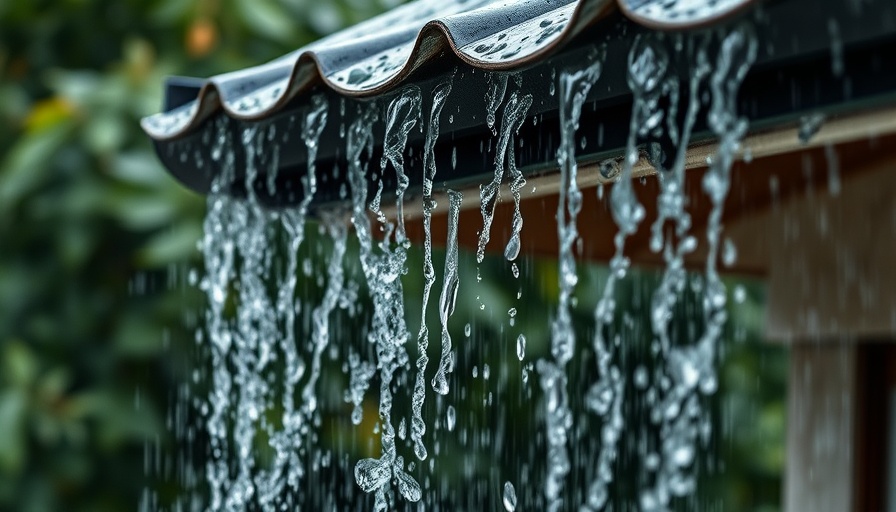
Preparing for Storm Season: Understanding the Risks
As tornado season approaches in 2025, it’s crucial for homeowners, particularly in high-risk regions such as Tornado Alley and Hurricane Alley, to proactively prepare for severe weather conditions. Tornadoes typically form during spring and early summer, with peak activity from April to June, while hurricane season runs from June through November, particularly affecting coastal states. Understanding these timelines is essential to ensure your home and family remain safe.
Create Your Emergency Plan Today
Preparation should start with a well-thought-out emergency plan. Discuss with your family how to stay informed during a storm, where to meet if you need to evacuate, and creating an emergency supply kit. This kit might include essential items like non-perishable food, water, flashlights, batteries, and a first-aid kit. Consider adding local maps, health documents, and prescriptions to your supply list as a precaution.
Checklist for Storm Readiness
Before the storm hits, it’s vital to take a thorough inventory of your home. Use a storm preparation checklist that covers where to secure windows, doors, and any outdoor items that could become projectiles. Check that your gutters are clean and your roof is in good condition; these steps can significantly reduce water damage.
Actions to Take During a Tornado or Hurricane
In the event of an imminent tornado, move to a pre-designated safe spot, such as a basement or interior room away from windows. For hurricanes, evacuate if advised, and keep up-to-date with weather alerts. Staying informed through reliable sources can be the difference between safety and danger. Ensure you have multiple means to receive weather updates, including weather apps and radios.
What to Avoid During a Storm
It's crucial to understand what not to do during severe weather. For instance, during a tornado, never stay in a mobile home or try to outrun a tornado in a vehicle. Similarly, during a hurricane, avoid floodwaters and never ignore evacuation orders. These decisions can significantly impact your safety.
Post-Storm Steps for Recovery
After the storm has passed, assess your home for damage. Document any damage through photos for insurance purposes. Contact your insurance provider promptly to discuss next steps in your recovery process. Remember, safety comes first. Do not enter damaged areas until they are declared safe by authorities.
Common FAQs About Storm Preparation
As storm season approaches, many have questions about the best ways to prepare. One common question is: Can I use my phone as a weather alert system? Yes! Many weather apps allow you to receive notifications based on your location. Also, consider utilizing NOAA Weather Radio for official updates.
Engagement Beyond Preparation
In addition to preparing your home, engage with local community resources. Local governments often provide storm readiness workshops or online resources to help families prepare. Understanding the community's resources adds another layer of safety to your storm preparedness plan.
As 2025's storm season approaches, it’s essential to prioritize safety and preparation. Whether you are focused on securing your home or gathering supplies, every step taken today can make a significant difference in how you weather the storm.
 Add Row
Add Row  Add
Add 



Write A Comment